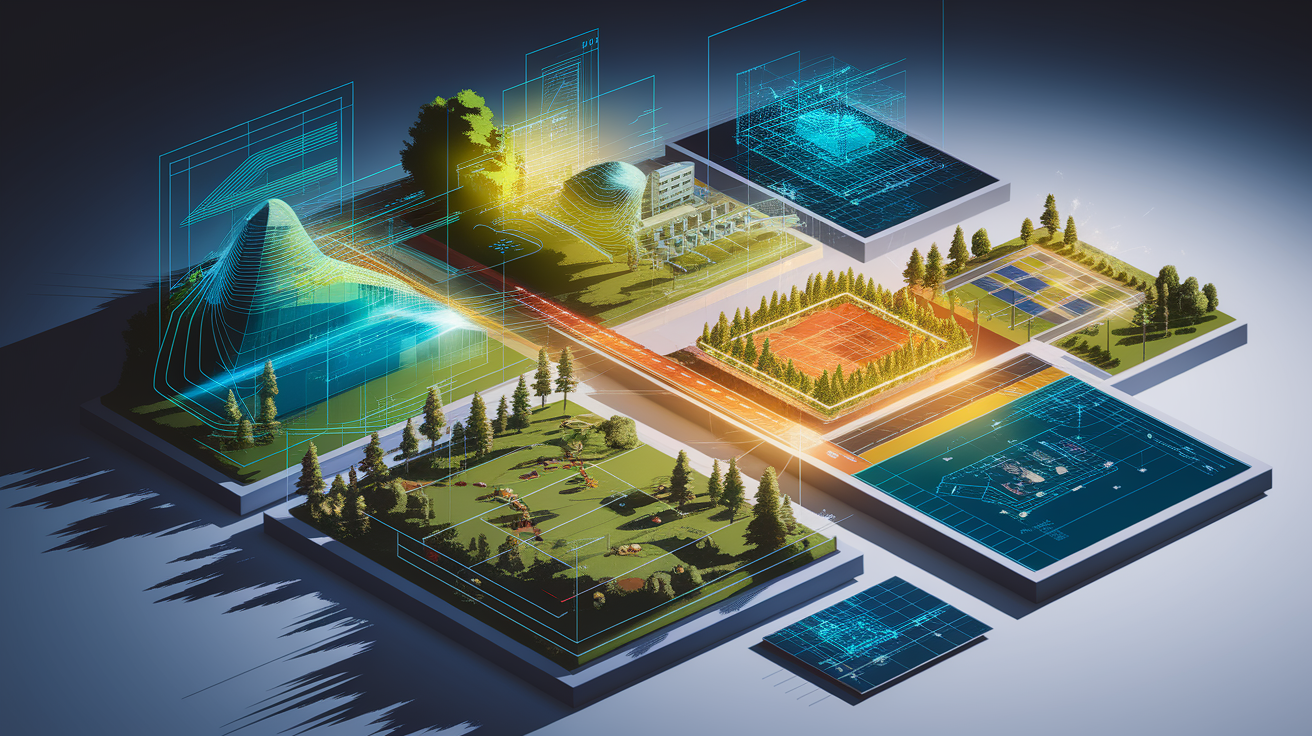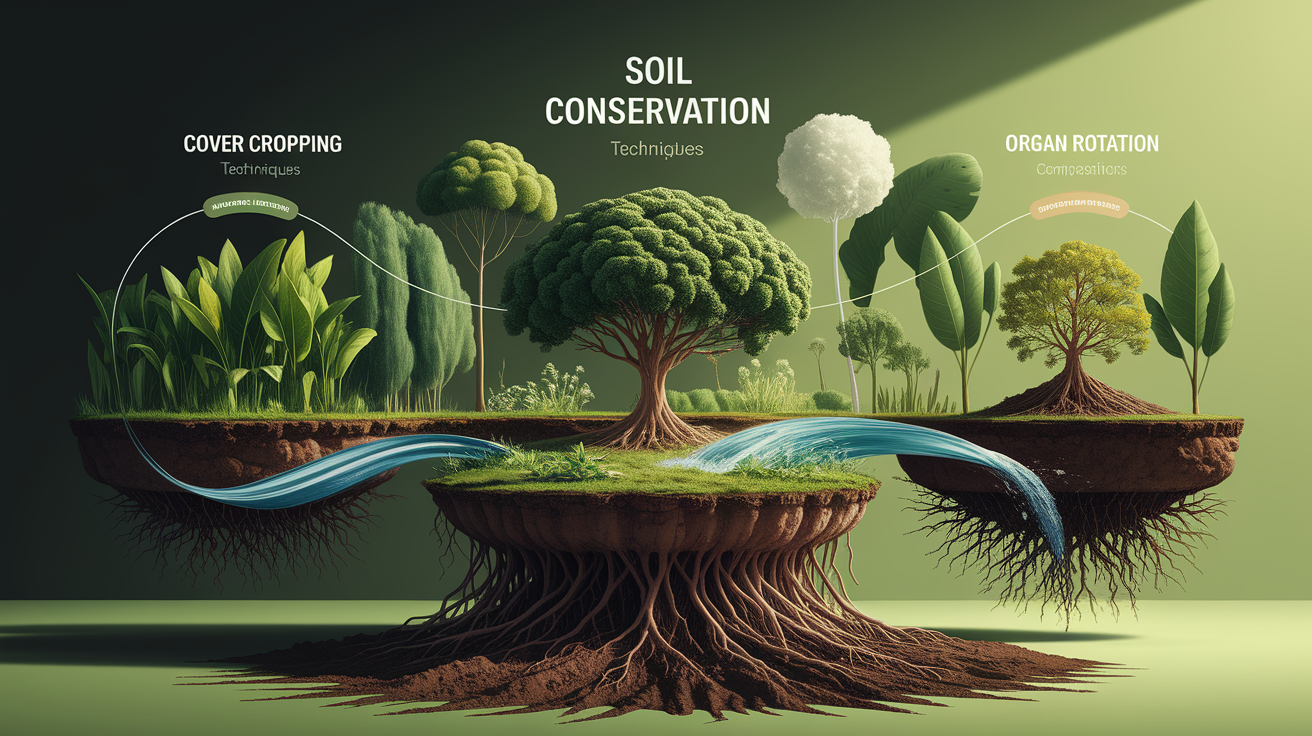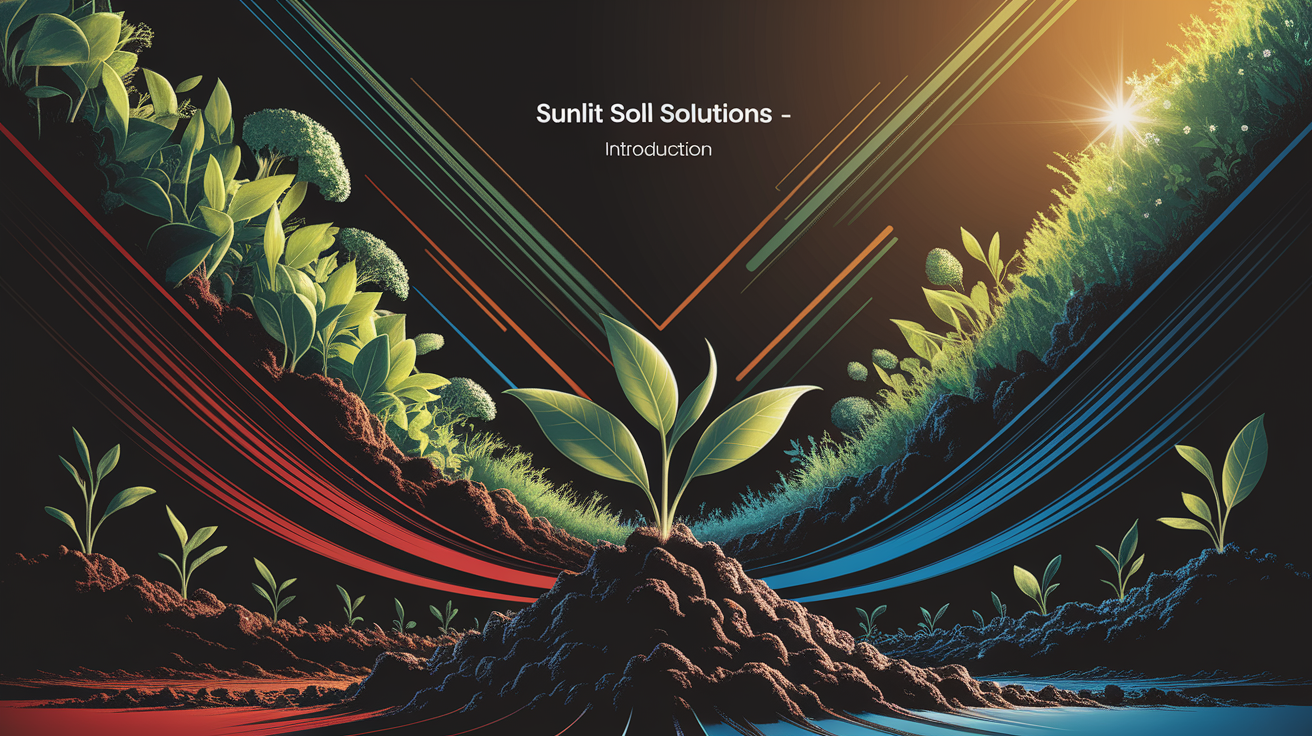Sunlit Soil Strategies: A Focused Guide to Solar Farm Land Use and Soil Management
Sunlit Soil Solutions – Introduction
Large-scale solar farms are transforming the energy landscape—delivering clean, renewable power while reshaping how we think about land use and environmental stewardship. Beyond their photovoltaic arrays, these facilities can represent either a challenge or an opportunity for soil health, water management, and biodiversity. By proactively integrating proven soil conservation practices with forward-looking land use planning, solar developers and landowners can align renewable energy goals with long-term ecological resilience.
Strategic Site Assessment and Design
Effective solar farm development begins with precise site selection and thoughtful design. Utility-scale projects require large, relatively flat tracts of land, which often means engaging with agricultural properties or other open areas. Siting on previously cultivated or degraded farmland helps reduce pressure on undisturbed habitats and critical ecosystems while taking advantage of land already impacted by human activity. As noted in land lease agreements for agricultural solar projects, such approaches can maintain compatibility with farming through techniques like agrivoltaics, enabling crops or livestock to coexist with panels.

- Topography and Soil Suitability: Avoid high-erosion slopes and identify soil types with good drainage.
- Land Use Efficiency: Incorporate dual land use strategies such as grazing compatibility or pollinator habitats to optimize productivity.
- Hydrology Considerations: Design layouts to preserve natural drainage patterns, minimizing the risk of water ponding and soil degradation.
Soil Conservation and Enhancement Techniques
Construction and maintenance activities can disrupt soil structure through compaction, grading, and vegetation removal. To avoid these pitfalls, developers should follow USDA-recommended soil conservation principles—maximizing soil cover, minimizing disturbance, maintaining living roots, and fostering biodiversity.

- Minimizing Disturbance: Limit heavy equipment traffic and maintain existing topsoil profiles wherever possible.
- Perennial Vegetation: Establish deep-rooted ground cover plants beneath and between arrays to stabilize soil, promote water infiltration, and increase carbon sequestration.
- Soil Remediation: Use compost amendments, biochar, and organic mulches to improve nutrient cycling and restore microbial activity.
Vegetation Management and Wildlife Support
Carefully chosen and well-managed vegetation plays a dual role—keeping soils stable and improving ecological services. Native plant mixes enhance habitat quality while reducing maintenance costs over time. As shown in Wisconsin-based ecological studies, perennial plantings beneath panels also support pollinator populations and reduce phosphorus and nitrate runoff into waterways.

- Ground Cover Strategies: Select drought-tolerant, low-growing species that do not shade panels yet provide robust soil coverage.
- Wildlife Corridors: Support native fauna migration by aligning vegetation patterns with local biodiversity goals.
- Grazing Integration: Rotational sheep grazing under solar panels can manage weeds, add organic matter, and reduce mowing requirements.
Erosion Control and Water Management
Erosion compromises both solar infrastructure and surrounding environments. Poorly managed stormwater can cause sediment loss and degrade water quality. Designing with erosion control in mind ensures stable operations while safeguarding nearby watersheds. The hydrological guidance from Penn State environmental research emphasizes integrating stormwater infiltration zones and minimizing impervious surfaces around photovoltaic systems.
- Erosion Barriers: Use silt fences, straw wattles, or vegetative buffer strips along contours, especially during construction.
- Infiltration Basins: Capture runoff to promote groundwater recharge and filter sediments.
- Surface Cover: Maintain dense vegetative cover year-round to dissipate raindrop impact and reduce sheet flow velocity.
Ongoing Monitoring and Adaptive Maintenance
Post-installation, soil and vegetation conditions evolve over time and require active, informed stewardship. Monitoring programs track parameters like soil pH, compaction levels, and organic matter content, enabling data-driven interventions. Adaptive maintenance might include overseeding ground covers after extreme weather or adjusting grazing intensity to prevent overuse.
- Soil Health Monitoring: Annual or seasonal soil testing protocols to guide nutrient and pH management.
- Vegetation Inspections: Regular checks to prevent invasive species encroachment.
- Water Flow Assessments: Detect and address developing erosion channels or drainage issues quickly.
Policy, Incentives, and Cost Considerations
Landowners and developers benefit from policy frameworks that encourage responsible solar development. Incentives for native vegetation restoration, stormwater management compliance, and dual-use designs can offset upfront costs. Many jurisdictions are now incorporating land use planning guidelines for solar that account for both productivity and ecological protection.
- Grants and Subsidies: Funding for erosion control measures, habitat plantings, and drainage infrastructure.
- Long-term Lease Security: Structuring contracts to cover maintenance responsibilities and decommissioning obligations, protecting both land and revenue streams.
- Reduced Operational Costs: Well-maintained soils and vegetation reduce repair needs for solar components and surrounding infrastructure.
Radiant Wrap-Up – Conclusion and Next Steps
Solar farms have the potential to be catalysts for sustainable land use when soil and vegetation management are integral from design through decommissioning. By applying precise siting, erosion control measures, and biodiversity-friendly ground cover strategies, developers can reduce environmental risks while boosting operational efficiency. Ongoing soil health monitoring and integration of wildlife-friendly practices ensure that these renewable energy sites deliver lasting benefits well beyond their power generation.

For stakeholders—whether landowners, energy companies, or planners—the next step is to embed these best practices into project proposals and operational protocols. Doing so ensures that the future of renewable energy not only turns sunlight into power but also transforms land stewardship into a shared, measurable success.






